 Panther old news, Hawkesbury now has a dinosaur problem
Panther old news, Hawkesbury now has a dinosaur problem JANE BOLER13 Aug, 2009
COULD there be prehistoric creatures living in the Hawkesbury River swimming around playing with the fish, frolicking with friends under the water? ‘The Hawkesbury Monster’ was discovered by local cryptozoologist and author Rex Gilroy in the 1965, although the origins of the creature lie in the Jurassic period alongside the dinosaurs. According to Mr Gilroy, the monster is thought to be a plesiosaur, a long necked marine reptile with four flippers apparently rendered extinct over 65 million years ago. During his research, Mr Gilroy has uncovered several fascinating accounts. Indigenous settlers of the1880s told stories of women and children being attacked by the ‘Moolyewonk’ or ‘Mirreeular’ meaning giant water serpent.
The legend next surfaced soon after WWII, when Douglas Bradburyn went fishing with a group of friends at the mouth of the Hawkesbury River in Broken when a creature rose six metres above the water. Startled, the men dropped their rods and rowed frantically towards the shore. A similar creature was seen one August afternoon in 1979 by bushwalker Rosemary Turner a few kilometres west of the Hawkesbury River Bridge. Through her binoculars, Ms Turner clearly saw a pair of humps rise out of the water and flippers move below the surface. Later that year a ‘monster’ became trapped in the Nepean River at Yarramundi not far from the junction with the Hawkesbury following a period of severe flooding. Similar tales emerged in the 1980s involving fishing boats found mysteriously overturned after reportedly being thrown through the air with the occupants nowhere to be found. Throughout the decade ‘slide marks’ were found on the riverbanks, possibly created by the plesiosaurs when entering and exiting water. Plesiosaurs were a species of reptile that laid eggs and the banks of the Hawkesbury would have provided a safe location for them to hatch. Sightings of the monster were reported even a few weeks ago by residents of Windsor and St Albans involving a 25-30 foot creature emerging from the water. Recent witness accounts match those of the European sightings from Wisemans Ferry last century, identifying a creature with a large grayish black body, two sets of flippers, a serpent-like head supported by a long neck and an eel-like tail. Historically, plesiosaurs were slow swimmers preferring to cruise along below the surface of the Pacific Ocean with sightings of the creatures off the Australian and New Zealand coasts spanning centuries. In the past 22 years, the fossils of three plesiosaurs have been found in Australia, two in Queensland and one in South Australia.
“There is definitely more than one of them,” Mr Gillroy said. “A reasonable population could be around and I think they are breeding offshore.” Aboriginal cave drawings and rock art depicting the creature can be seen etched into the sandstone walls of the Hawkesbury River. Some of the 4000-year-old drawings have faded with time but are visible, with the most significant art displayed on a cliff at Wisemans Ferry. The three images, ranging from quite small to two metres long show the distinct features of the monster and in particular, the flippers. Researchers have confirmed Aboriginal art found on sandstone cliffs in Woy Woy to be that of a plesiosaur. It is also alleged that there are cave drawings resembling a monster of this type at Muogamarra Sanctuary near Berowra.
Researchers were recently able to get an underwater photo of what they believe to be one of the creatures in the Hawkesbury River. The photo depicts a dark shape underwater with a long neck and flippers consistent with the description of a plesiosaur. The photo, accompanied with years of research, means Mr Gillroy and his research team have collected enough information on the Hawkesbury Monster to release a substantial publication. Although sounding like a character from a Japanese horror film, the modern day existence of a sea monster is plausible. A water creature could have quite easily avoided the apocalypse that killed the dinosaurs. Theories surrounding the extinction of dinosaurs include ice age, acid rain, asteroid collision, flooding, ozone depletion, epidemic diseases, and galactic dust. Using the water as shelter, a plesiosaur would have been able to survive whatever killed the dinosaurs, especially with the Hawkesbury River as its home. “The land surface had an ecological change, oceans didn’t. There is no reason they don’t exist and are moving between here and New Zealand,” Mr Gillroy said.
So why isn’t the plesiosaur seen more frequently? Consider the enormous width, depth, length and many branches of the River making it easy for the creatures to breed and survive undetected. If you have seen a creature matching this description, or for more details, contact Rex at ‘Hawkesbury River Monster Survey’ by mail at PO Box 202 Katoomba 2780 or call 4782 3441
Source: http://www.hawkesburygazette.com.au/news/local/news/general/panther-old-news-hawkesbury-now-has-a-dinosaur-problem/1595097.aspx
I am afraid I am sceptical of a dinosaur surviving this long. The marine creatures of the Jurassic lived in clear warmer waters , though the fact some did survive in colder waters for a while before extinction has been theorised from finds in the Antarctic. There may be some evolved marine creature that resembles a dinosaur, the leopard seal for instance is very dinosaur- like looking in the water, so some other unknown creature could look dinosaur like from a distance. Still I am always open to be proved wrong so will await developments with interest.
 Panther old news, Hawkesbury now has a dinosaur problem
Panther old news, Hawkesbury now has a dinosaur problem
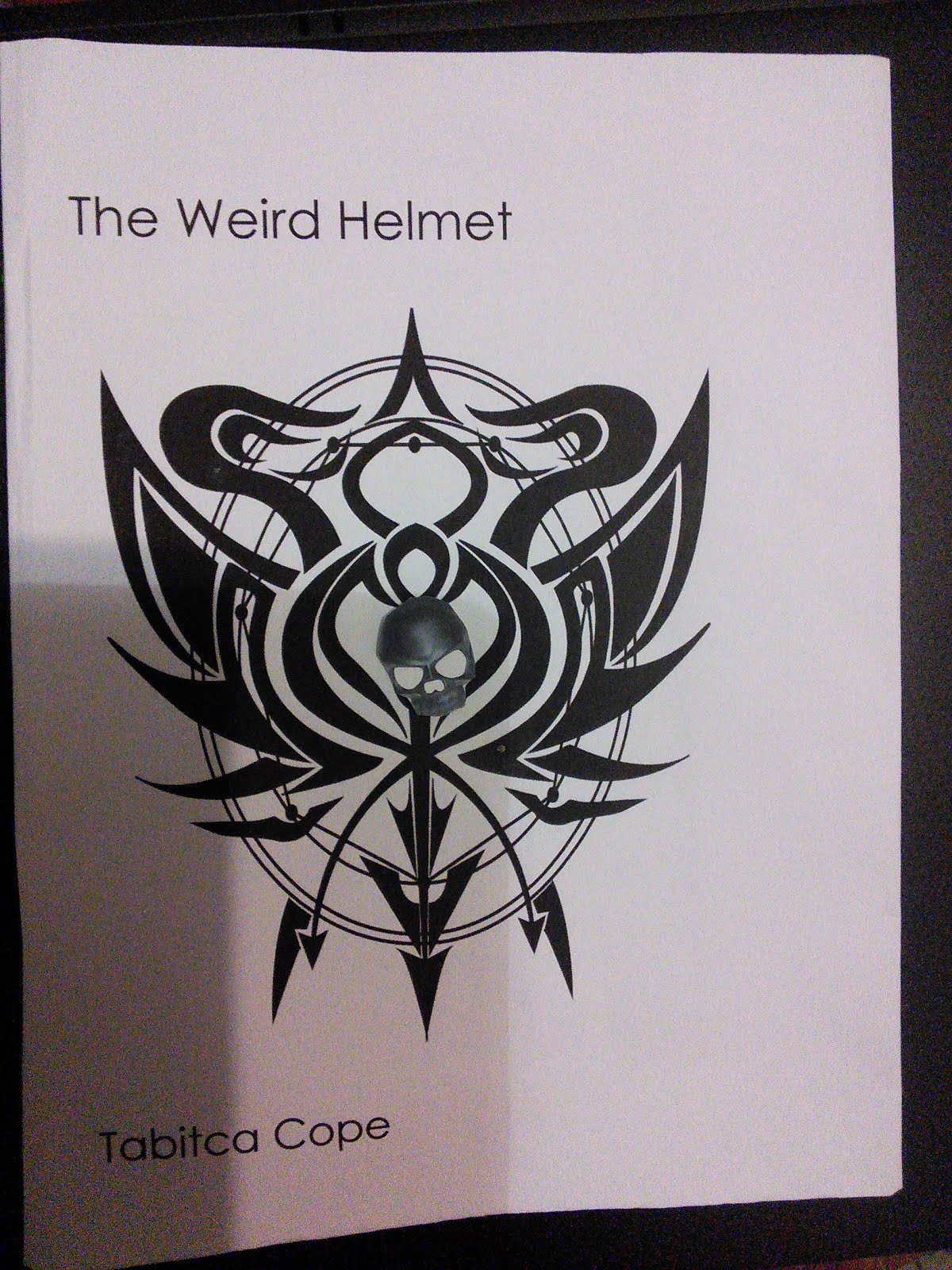
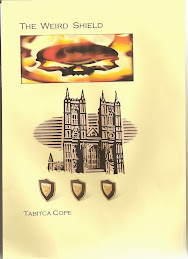
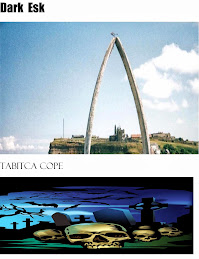
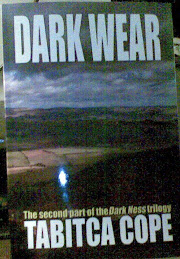


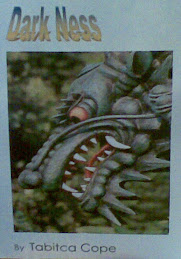
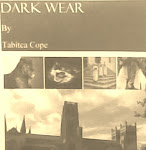












No comments:
Post a Comment